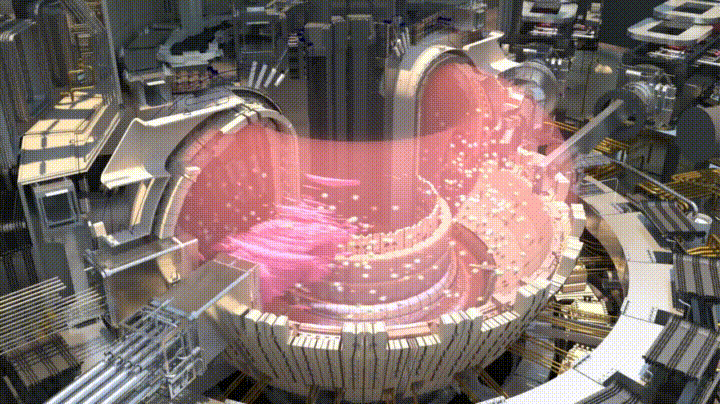
Registration key: 2025frt
FUSION REACTOR TECHNOLOGY is a course that aims to provide an introductory-level overview of the components and systems required to operate a nuclear fusion reactor. You have probably heard that fusion involves merging light atomic nuclei to release energy, that everyone seems excited about its promise (“the energy of the future”), and that there are often snarky remarks that it always will be the energy of the future. This course aims to move beyond the buzzwords and inject technical substance into the discussion, offering a candid look at how far along we actually are on the path to building an industrial-scale fusion power plant.
FUSION REACTOR TECHNOLOGY is a no-nonsense bootcamp designed to ground the curiosity sparked by overly enthusiastic news articles in the technical reality of fusion energy. At the same time, it aims to develop both understanding and engineering sensitivity regarding the operation of these devices, which lie at the cutting edge of current technology. The course relentlessly probes the nitty-gritty details of how fusion machines truly work and bridges the gap between today’s reactors, which are intended primarily for exploratory physics experiments, and the future machines envisioned as the nuclear core of industrial power plants. It strives to be comprehensive yet accessible to any student interested in the topic. It is ideally suited to master's-level students (studenti magistrali), but is also a good fit for PhD students (dottorandi).
The course begins with a summary of fusion research history and an outline of the key technological challenges that must still be overcome before a working power plant becomes a reality. A self-sustaining burning plasma core is a crucial milestone but it is just one piece of the puzzle. From there, the course provides a thorough description and analysis of the components and systems that, carefully integrated, enable the operation of a device of staggering complexity. Our focus is on the most successful magnetic confinement concept: the tokamak. Other notable approaches (such as stellarators and inertial confinement) are also covered in dedicated lectures. A key objective of the course is to adopt an engineering-oriented perspective on reactor design. Examples of how technical challenges are tackled in operating (JET, NIF), under-construction (ITER, DTT), and planned (DEMO, SPARC, ARC, etc.) devices are analyzed throughout. As a capstone, students will carry out a project that applies the knowledge acquired during the course to the analysis and solution of a technical problem rooted in state-of-the-art fusion technology.
A basic background in nuclear engineering and power conversion is helpful, but not strictly required. The course is designed to be accessible to students from diverse technical backgrounds, especially those who are completely new to nuclear engineering. The fusion field needs contributions from many disciplines (plasma physicists, electrical engineers, materials scientists, computer scientists; just to name a few), so all are welcome. That said, to get the most out of the course, students should be familiar with topics typically encountered in bachelor-level engineering and physics courses: thermodynamics and heat transfer, materials science, and electromagnetism. The course is entirely taught in English.
- Lecturer: ALESSANDRO TASSONE
